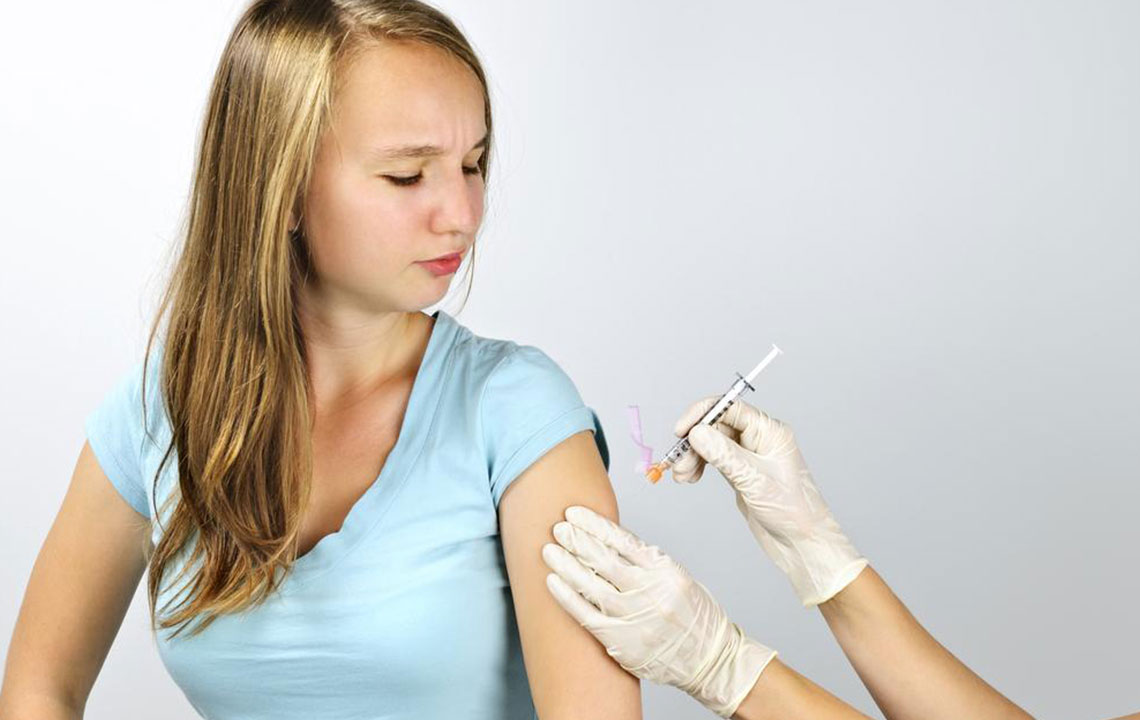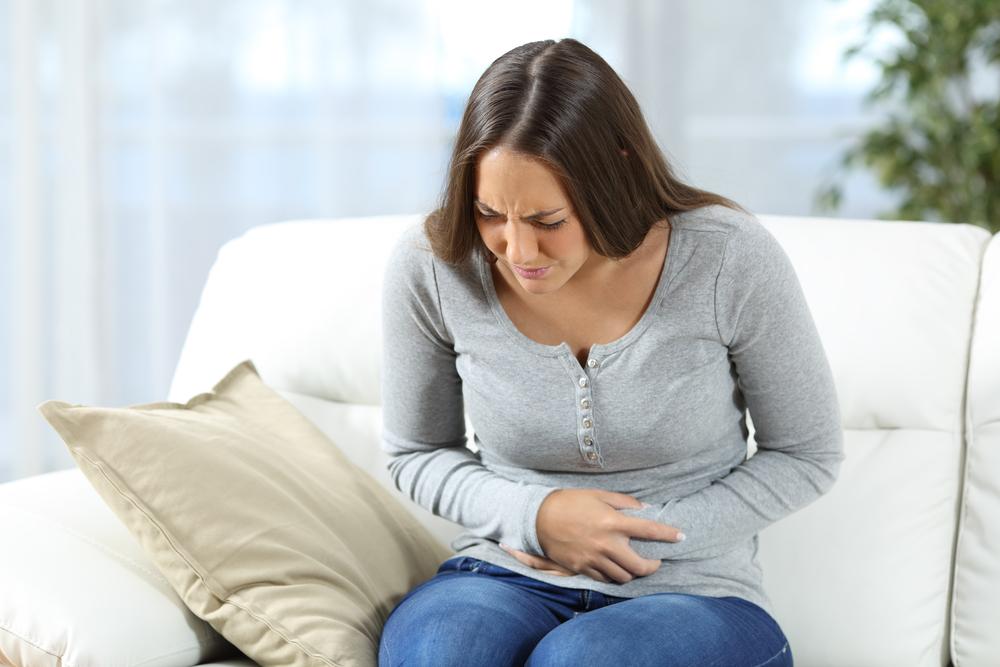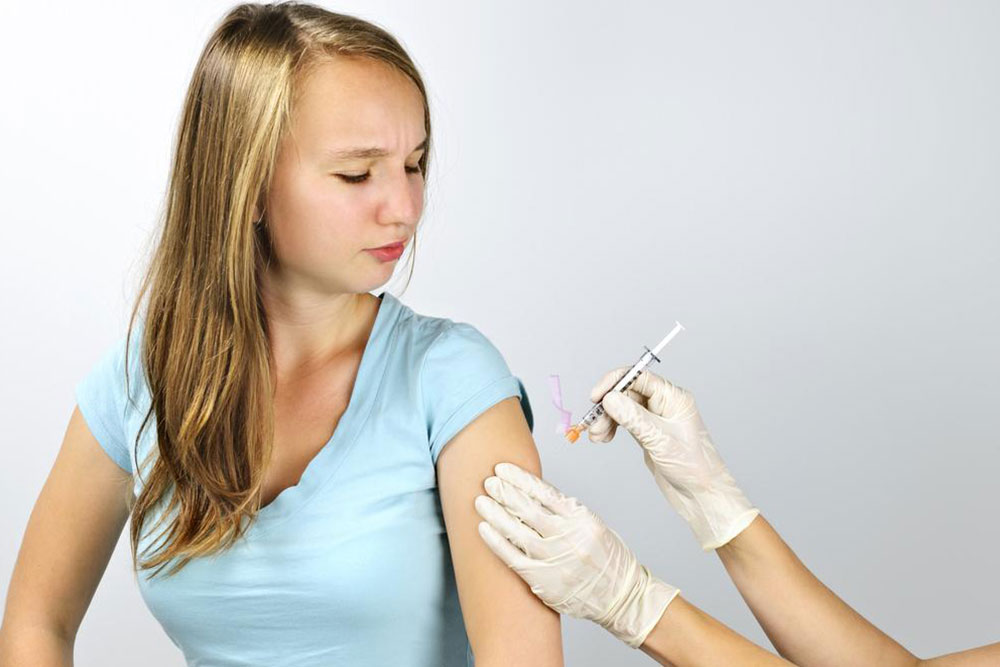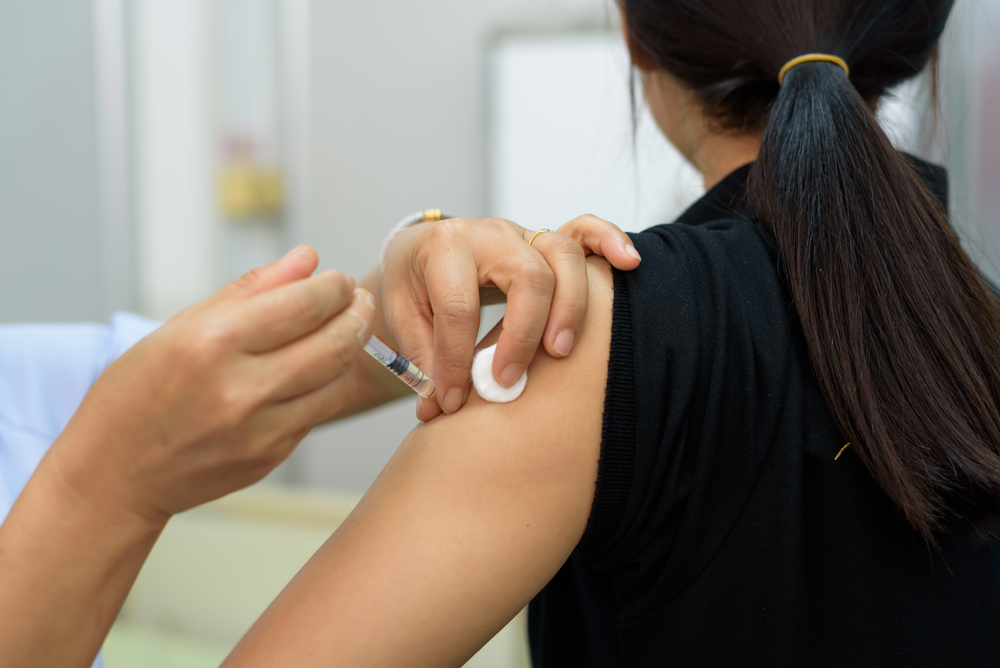Comprehensive Immunization Strategy for Adolescents and Preteens in 2017
This comprehensive guide covers the updated immunization schedule for teens and preteens in 2017, emphasizing the importance of timely vaccinations like Tdap, HPV, meningococcal, and flu shots. It provides detailed timing, benefits, and safety information to help parents ensure their adolescents are protected against preventable diseases. Staying informed and proactive about immunizations is crucial for maintaining long-term health and preventing disease outbreaks among young populations.
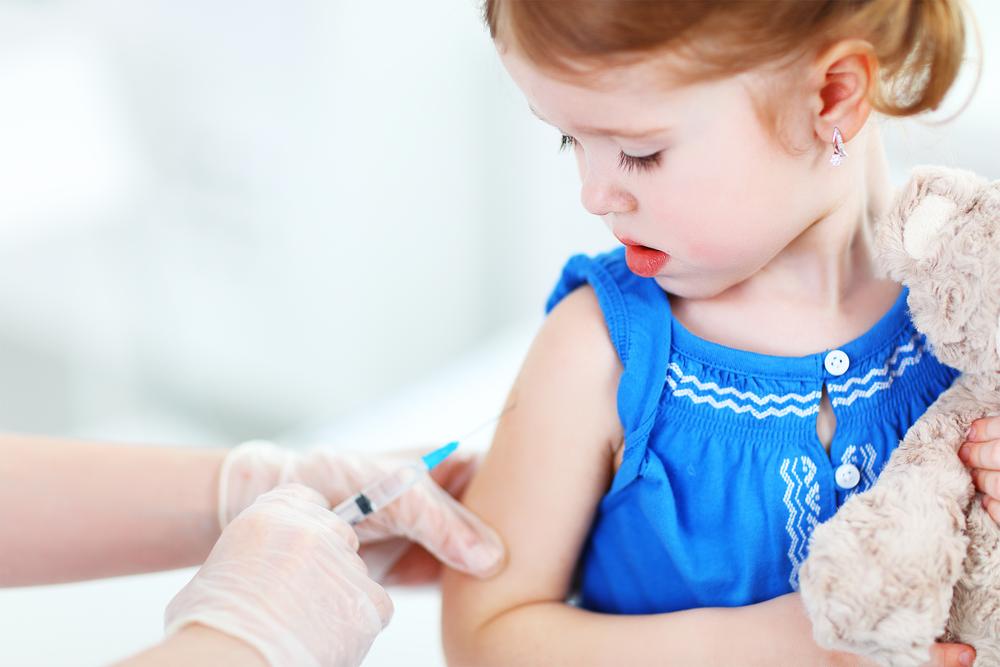
Updated Immunization Recommendations for Teenagers and Preteens in 2017
As children reach the age of seven, it becomes crucial for parents and guardians to revisit their child's vaccination schedule to ensure optimal protection against a wide range of preventable diseases. This period marks an essential phase where catching up on missed vaccines from earlier childhood is vital, alongside administering booster shots to maintain immunity. The Centers for Disease Control and Prevention (CDC) provides detailed immunization guidelines tailored specifically for preteens and teenagers, aiming to strengthen their immune defenses and prepare them for a healthier future. This article delves into the recommended vaccines, optimal timing, and important considerations for adolescents entering this critical stage of immunization.
Understanding these guidelines helps ensure your child receives comprehensive protection. Let's explore each vaccine, its purpose, timing recommendations, and additional insights to help you stay informed and proactive about your adolescent's health.
Diphtheria, Tetanus, and Pertussis (DTaP) Vaccine
The DTaP vaccine continues to play a fundamental role in safeguarding against three serious and potentially life-threatening diseases: diphtheria, pertussis (commonly known as whooping cough), and tetanus. While this vaccine series is usually administered in early childhood, a booster shot is recommended around age 11 or 12 to enhance ongoing immunity. If your child did not receive this booster during their preteen years, it's advisable to consult your healthcare provider about getting it at a later date. Booster doses are essential because immunity can diminish over time, leaving adolescents vulnerable to infection.
Ensuring your teen stays current with the DTaP booster can prevent outbreaks and protect vulnerable populations within the community, especially pregnant women and infants who are at higher risk of severe complications from these diseases. The vaccine is generally well tolerated, with minor side effects such as soreness at the injection site or mild fever, which are normal responses indicating an effective immune response.
Hepatitis B and Hepatitis A Vaccines
The Hepatitis B vaccine remains a staple in the adolescent immunization schedule, recommended primarily for children aged 11 to 15. This vaccine confers long-term protection against hepatitis B virus, which can cause chronic liver disease and liver cancer. It’s essential to verify your child's vaccination history and consult with a healthcare provider about completing any outstanding doses or booster requirements.
In addition, the Hepatitis A vaccine is advised if your child has not previously received it. While hepatitis A infection tends to be mild in children, vaccination is important to prevent its spread within communities and to protect more vulnerable groups, such as travelers or immunocompromised individuals. The vaccination series typically involves two doses spaced several months apart, ensuring better and longer-lasting immunity.
Human Papillomavirus (HPV) Vaccine
The HPV vaccine is a key component of adolescent health strategies to prevent infections with human papillomavirus, which is linked to various cancers, including cervical, anal, and oropharyngeal cancers. The CDC recommends administering the HPV vaccine at ages 11 or 12, ideally before potential exposure to the virus through sexual activity. The initial dose is followed by a second dose six months later, providing robust immunity.
For teens aged 15 or older who have not yet been vaccinated, a three-dose series may be necessary. Vaccination before exposure to HPV is critical to maximize protection, and the vaccine's safety profile is excellent, with most side effects being mild such as soreness at the injection site. The HPV vaccine's broad protection contributes significantly to cancer prevention efforts and is a vital part of routine adolescent healthcare.
Meningococcal Vaccine
The meningococcal vaccine targets meningitis-causing bacteria, safeguarding adolescents against a serious and potentially fatal infection. This vaccine is usually administered at age 11 or 12, with a booster shot at age 16 to maintain immunity through the high-risk teenage years. Meningitis can spread rapidly and cause severe complications, including neurological damage or death, making vaccination essential for preteens and teenagers, especially those in crowded settings like boarding schools or college dormitories.
Ensuring your teen receives both doses on schedule provides continuous protection during this vulnerable period. The vaccine is well tolerated, with common side effects limited to soreness, redness, or swelling at the injection site. In some cases, fever or mild flu-like symptoms may occur but typically resolve quickly. Meningococcal vaccination is a critical preventive measure that greatly reduces the risk of meningitis outbreaks in the community.
Polio Vaccination
Polio vaccination remains an essential part of the immunization schedule. If your child completed the inactivated poliovirus vaccine (IPV) series before reaching age 4, they are considered protected; however, if there are gaps or missed doses, a booster shot may be recommended based on your healthcare provider’s assessment. Polio is a potentially crippling disease that has been eradicated in most parts of the world due to effective immunization efforts, but maintaining high vaccination coverage is vital to prevent its resurgence.
Parents should verify their child's vaccination history and follow medical advice regarding the need for additional doses or boosters. The IPV vaccine is highly effective and safe, with minimal side effects. Keeping your child's polio immunity current ensures protection against this devastating disease and supports ongoing global eradication efforts.
Annual Influenza (Flu) Vaccine
The flu vaccine remains a cornerstone of seasonal prevention strategies for all age groups, including adolescents. Because influenza viruses evolve rapidly, annual vaccination is recommended for everyone over 6 months old, including teenagers. The vaccine reduces the risk of getting the flu and can lessen the severity and duration of illness in those who still become infected.
Getting vaccinated every year is especially important for teens, who often have close contact with peers in schools, sports, and social activities, increasing their exposure risk. The flu shot is generally safe, with common side effects such as soreness, swelling at the injection site, or mild fever. Public health officials emphasize the importance of annual vaccination to protect not only the individual but also vulnerable populations such as the elderly and those with compromised immune systems.
Measles, Mumps, and Rubella (MMR) Vaccine
The MMR vaccine is crucial for preventing three childhood infectious diseases: measles, mumps, and rubella. If your child missed their doses earlier, two doses can be administered at any time, with at least a one-month gap between doses. Ensuring your teen is fully vaccinated is essential to maintain herd immunity and prevent outbreaks.
Measles has seen a resurgence in some areas due to vaccine hesitancy, so full immunization is especially important. The MMR vaccine is safe and effective, with minimal side effects such as mild fever or rash. Confirming your child's vaccination status and completing the series can prevent serious complications associated with these diseases, including pneumonia, encephalitis, and deafness.
Chickenpox (Varicella) Vaccination
Chickenpox vaccination is recommended for children over the age of 13 who have not had the disease or been vaccinated previously. Two doses are necessary for robust protection, with at least one month separating the doses. For children under 13, two doses spaced at least three months apart are also advised if they have not been vaccinated or contracted chickenpox before.
Preventing chickenpox is important because the disease can cause severe complications such as bacterial infections, pneumonia, or encephalitis in adolescents and adults. Vaccination not only protects the individual but also reduces transmission risk within the community, contributing to overall disease control efforts. Side effects are usually mild, including soreness at the injection site or mild fever, and serious adverse reactions are rare.
Final Thoughts
Staying current with the immunization schedule is vital for safeguarding adolescents' health and preventing the emergence of preventable diseases. As updated guidelines continue to evolve, it is essential for parents, guardians, and healthcare providers to collaborate closely. Regular check-ups, keeping detailed vaccination records, and timely administration of booster shots can ensure your teen remains protected through these formative years and into adulthood.
Consult your healthcare provider for personalized advice tailored to your child's health history and local epidemiology. Vaccinations are a proven, safe, and cost-effective way to prevent diseases, reduce medical costs, and save lives. Investing in your child's immunization today is an investment in their healthy future.
